Home>Renovation & DIY>Home Renovation Guides>What Is A Crawl Space Basement?
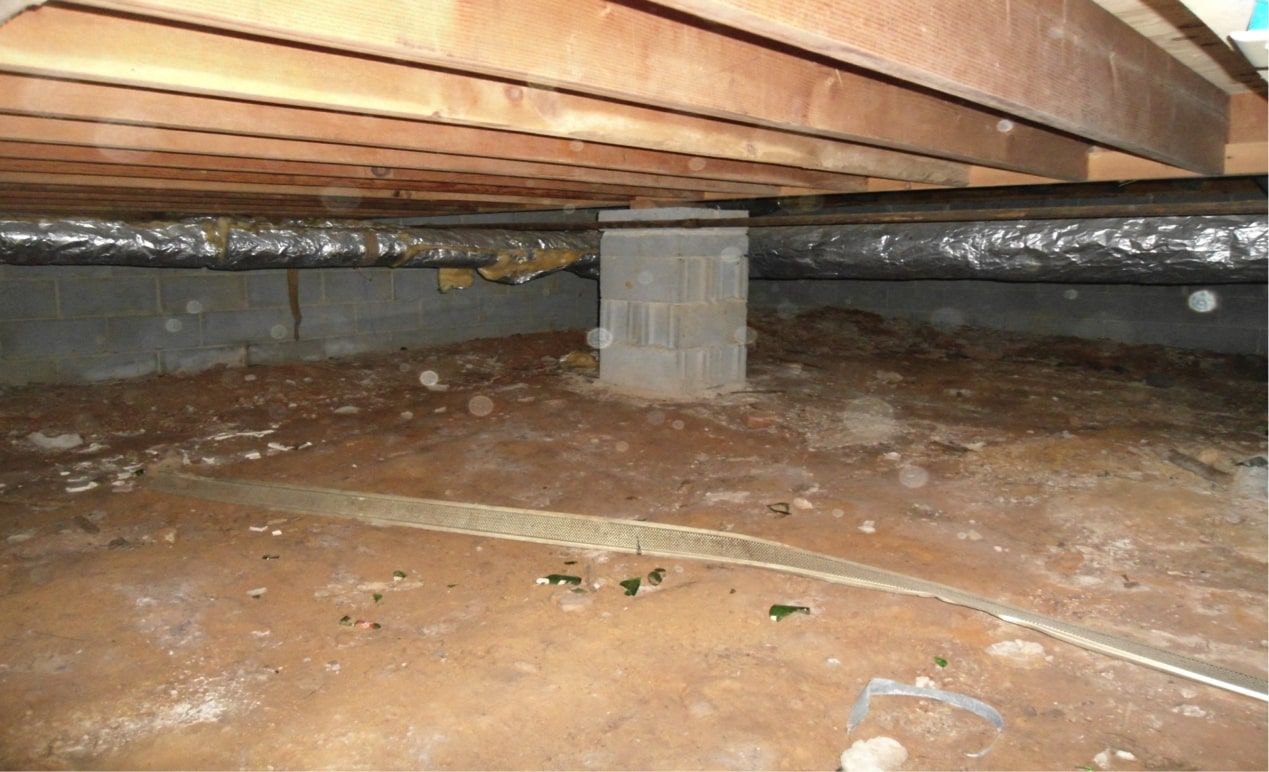

Home Renovation Guides
What Is A Crawl Space Basement?
Modified: May 6, 2024
Learn about the benefits of a crawl space basement for your home renovation project. Get expert tips and guidance in our comprehensive home renovation guides.
(Many of the links in this article redirect to a specific reviewed product. Your purchase of these products through affiliate links helps to generate commission for Storables.com, at no extra cost. Learn more)
Introduction
When it comes to home construction and renovation, the basement is an integral part of the structure. It provides additional space for storage, recreation, or even living quarters. However, not all basements are created equal. One type of basement that often raises questions is the crawl space basement.
Crawl space basements are a unique feature of many homes, especially those built in areas with high water tables or uneven terrain. Unlike traditional basements with full-height walls, crawl space basements have a limited vertical clearance, typically allowing enough space for someone to crawl or crouch but not stand upright.
Understanding the intricacies of crawl space basements is crucial for homeowners and prospective buyers. From their construction and maintenance to the potential issues they may present, there's much to consider when dealing with this type of basement.
In this comprehensive guide, we'll delve into the world of crawl space basements, exploring their definition, pros and cons, common issues, and essential maintenance and repair practices. Whether you're a homeowner looking to optimize your living space or a potential buyer evaluating a property, this guide will equip you with the knowledge needed to navigate the unique characteristics of crawl space basements. So, let's roll up our sleeves and uncover the secrets of these intriguing subterranean spaces.
Key Takeaways:
- Crawl space basements provide extra storage and utility access, but may face moisture and insulation challenges. Proactive maintenance is key to maximizing their benefits and creating a healthy living environment.
- Understanding the pros and cons of crawl space basements is crucial for homeowners. Strategic maintenance and repairs can help mitigate common issues and preserve the structural integrity of these unique basement structures.
Read more: What Is A Crawl Space?
Definition of a Crawl Space Basement
A crawl space basement, also known as a crawl space, is a type of foundation commonly found in homes. Unlike traditional basements with full-height walls, a crawl space basement has a limited vertical clearance, typically allowing enough space for someone to crawl or crouch but not stand upright. This type of basement is constructed with short foundation walls or piers, creating a shallow space between the ground and the bottom of the first floor of the house.
Crawl spaces are often accessed through small doors or hatches, providing entry to the underfloor area of a home. While the height of a crawl space can vary, it is generally less than the height of a full basement, making it more challenging to access and navigate.
One of the primary purposes of a crawl space is to elevate the home off the ground, providing a buffer against moisture and potential flooding. This elevation helps to protect the structure from water damage and can also deter pests and rodents from entering the living space.
Crawl spaces are commonly found in regions with high water tables or uneven terrain, where constructing a full basement may be impractical or cost-prohibitive. Additionally, crawl spaces are often utilized in retrofitting older homes with inadequate foundations, providing a more accessible and cost-effective solution for improving the structural integrity of the property.
In terms of construction, crawl spaces are typically ventilated to promote air circulation and prevent moisture buildup. However, modern building practices may incorporate sealed or encapsulated crawl spaces to mitigate moisture issues and improve energy efficiency.
While crawl space basements offer certain advantages, they also present unique challenges and considerations for homeowners and builders. Understanding the defining characteristics of crawl spaces is essential for making informed decisions regarding home construction, renovation, and maintenance.
Pros and Cons of Crawl Space Basements
Crawl space basements come with a set of advantages and disadvantages that homeowners and prospective buyers should carefully consider before making decisions regarding their properties. Understanding the pros and cons of crawl spaces is crucial for evaluating their suitability for specific needs and circumstances.
Pros
-
Moisture Control: Crawl spaces provide a buffer against moisture and potential flooding. By elevating the home off the ground, they help protect the structure from water damage, mold, and mildew, which can be prevalent in areas with high water tables.
-
Accessibility for Utilities: The underfloor space in a crawl space basement allows easy access for maintenance and repairs of plumbing, electrical wiring, and HVAC systems. This accessibility can reduce the cost and inconvenience of servicing these essential utilities.
-
Cost-Effective Construction: Constructing a crawl space basement can be more economical than building a full basement, making it an attractive option for homeowners looking to maximize their living space without incurring the expense of a traditional basement.
-
Pest Deterrence: Elevating the home off the ground can deter pests and rodents from entering the living space, providing an additional layer of protection against infestations and damage to the property.
-
Adaptability for Retrofitting: Crawl spaces offer a practical solution for retrofitting older homes with inadequate foundations, providing a more accessible and cost-effective means of improving the structural integrity of the property.
Cons
-
Limited Storage Space: The reduced vertical clearance in crawl spaces limits their utility for storage compared to traditional basements, as it may be challenging to access and organize stored items effectively.
-
Potential Moisture Issues: Crawl spaces are susceptible to moisture problems, especially if not properly ventilated or sealed. This can lead to mold growth, wood rot, and compromised indoor air quality if not adequately addressed.
-
Insulation Challenges: Maintaining proper insulation in a crawl space can be more complex than in a traditional basement, requiring careful attention to prevent energy loss and temperature fluctuations within the home.
-
Maintenance and Accessibility: While the underfloor space provides accessibility for utilities, it may also require regular maintenance to address potential moisture, insulation, and pest control issues, which can be more challenging due to the confined space.
-
Potential for Structural Issues: In regions prone to seismic activity or soil movement, crawl space basements may be more susceptible to structural damage compared to full basements, requiring additional reinforcement and maintenance.
Understanding the trade-offs associated with crawl space basements is essential for homeowners and buyers to make informed decisions based on their specific needs, budget, and long-term maintenance considerations.
Read more: What Is A Crawl Space Foundation
Common Issues with Crawl Space Basements
Crawl space basements, while offering distinct advantages, are also prone to common issues that can impact the structural integrity and livability of a home. Understanding these issues is essential for homeowners and prospective buyers to proactively address potential concerns and ensure the long-term functionality of their properties.
-
Moisture and Humidity: One of the most prevalent issues with crawl space basements is the accumulation of moisture and high humidity levels. Inadequate ventilation, poor drainage, or water seepage can lead to damp conditions, fostering mold growth, wood rot, and compromising indoor air quality. Addressing moisture issues through proper ventilation, encapsulation, and effective drainage systems is crucial for mitigating these concerns.
-
Pest Infestation: The underfloor space of crawl space basements can provide an entry point for pests and rodents seeking shelter and food sources. Without proper sealing and pest control measures, homeowners may encounter infestations that can damage insulation, wiring, and structural components. Regular inspections and proactive pest management strategies are essential for preventing and addressing infestations effectively.
-
Insulation Challenges: Maintaining adequate insulation in crawl spaces can be challenging, leading to energy inefficiency and temperature fluctuations within the home. Poorly insulated crawl spaces can result in increased heating and cooling costs, as well as discomfort due to uneven indoor temperatures. Implementing proper insulation materials and installation techniques is critical for optimizing energy efficiency and comfort.
-
Structural Integrity: Crawl space basements may be susceptible to structural issues, especially in regions prone to seismic activity or soil movement. The limited vertical clearance and foundation design of crawl spaces can pose challenges in maintaining structural stability during environmental stressors. Reinforcement and regular inspections are necessary to ensure the structural integrity of crawl space basements in vulnerable areas.
-
Ventilation and Air Quality: Inadequate ventilation in crawl spaces can lead to stagnant air, contributing to poor indoor air quality and potential health concerns. Without proper airflow and ventilation systems, crawl spaces may trap pollutants and allergens, impacting the overall air quality within the home. Implementing effective ventilation strategies and air quality monitoring is essential for creating a healthy living environment.
By addressing these common issues with crawl space basements proactively, homeowners can safeguard their properties against potential damage, health risks, and maintenance challenges. Regular inspections, maintenance, and strategic improvements can help mitigate these concerns, ensuring that crawl space basements contribute to a safe, comfortable, and resilient living environment.
Maintenance and Repair of Crawl Space Basements
Maintaining and repairing crawl space basements is essential for preserving the structural integrity and livability of a home. From addressing moisture control and insulation challenges to ensuring proper ventilation and pest management, proactive maintenance practices can mitigate potential issues and extend the longevity of crawl spaces.
Moisture Control and Waterproofing
Effective moisture control is paramount in crawl space maintenance. Regular inspections for signs of water intrusion, such as dampness, standing water, or condensation, are crucial for identifying and addressing potential leaks or drainage issues. Waterproofing measures, including sealing foundation cracks, installing vapor barriers, and improving surface drainage, can help prevent moisture buildup and protect against mold, mildew, and wood rot. Additionally, maintaining proper grading around the perimeter of the home and ensuring functional gutters and downspouts can divert water away from the foundation, reducing the risk of water seepage into the crawl space.
Insulation and Energy Efficiency
Proper insulation in crawl spaces is essential for optimizing energy efficiency and temperature regulation within the home. Insulation materials should be carefully selected to withstand potential moisture exposure and installed to create a continuous thermal barrier. Regularly inspecting insulation for damage, gaps, or compression and addressing any issues promptly can help prevent energy loss and maintain consistent indoor temperatures. Additionally, sealing air leaks and gaps in the crawl space can further enhance energy efficiency and comfort while reducing heating and cooling costs.
Read more: What To Do With Attic Crawl Space
Ventilation and Air Quality
Maintaining adequate ventilation in crawl spaces is critical for preventing stagnant air and promoting healthy indoor air quality. Properly functioning vents, fans, and air circulation systems can help reduce moisture buildup, control humidity levels, and mitigate the risk of mold growth. Regularly inspecting and cleaning ventilation openings, ensuring unobstructed airflow, and monitoring humidity levels can contribute to a healthier living environment. In some cases, encapsulating the crawl space and implementing controlled ventilation systems may be beneficial for improving air quality and reducing moisture-related issues.
Pest Management and Structural Integrity
Proactive pest management is essential for preventing infestations and protecting the structural components of crawl spaces. Sealing entry points, such as gaps around pipes and vents, and implementing pest-resistant materials can deter unwanted intruders. Regular inspections for signs of pest activity, such as droppings or damage to insulation, and promptly addressing any infestations can help preserve the integrity of the crawl space. Additionally, reinforcing structural elements, such as piers and support beams, and conducting regular assessments of the foundation's stability are crucial for ensuring the long-term structural integrity of crawl space basements, especially in regions prone to environmental stressors.
By implementing a comprehensive maintenance and repair regimen for crawl space basements, homeowners can proactively address potential issues, preserve the structural integrity of their properties, and create a healthier and more energy-efficient living environment. Regular inspections, strategic improvements, and timely repairs can contribute to the long-term resilience and functionality of crawl space basements, enhancing the overall quality of the home.
Conclusion
In conclusion, understanding the intricacies of crawl space basements is essential for homeowners and prospective buyers alike. These unique subterranean spaces offer distinct advantages, such as moisture control, accessibility for utilities, and cost-effective construction, making them a practical solution for homes in regions with high water tables or uneven terrain. However, they also present challenges, including potential moisture issues, insulation complexities, and maintenance considerations that require careful attention and proactive management.
Despite the inherent trade-offs, crawl space basements can be effectively maintained and optimized through strategic measures. From addressing moisture control and insulation challenges to ensuring proper ventilation and pest management, proactive maintenance practices can mitigate potential issues and extend the longevity of crawl spaces. By implementing a comprehensive maintenance and repair regimen, homeowners can safeguard their properties against common issues, preserve the structural integrity of their homes, and create a healthier and more energy-efficient living environment.
Ultimately, the decision to embrace or address crawl space basements depends on individual needs, budget, and long-term maintenance considerations. Whether retrofitting an older home, evaluating a property for purchase, or seeking to optimize the functionality of an existing crawl space, informed decision-making and proactive maintenance are key to maximizing the benefits of these unique basement structures.
As homeowners navigate the world of crawl space basements, they are empowered to make informed choices, address potential challenges, and transform these subterranean spaces into valuable assets within their homes. With a blend of knowledge, strategic maintenance, and a proactive mindset, crawl space basements can contribute to resilient, comfortable, and functional living environments for years to come.
Curious about the space beneath your floors? Extend your knowledge by understanding more about what lies under your home. While ensuring your home's foundation remains intact, don't overlook the necessity of keeping your basement dry. If signs of damage appear, learning when to repair your foundation is crucial for maintaining your house’s integrity and safety.
Frequently Asked Questions about What Is A Crawl Space Basement?
Was this page helpful?
At Storables.com, we guarantee accurate and reliable information. Our content, validated by Expert Board Contributors, is crafted following stringent Editorial Policies. We're committed to providing you with well-researched, expert-backed insights for all your informational needs.
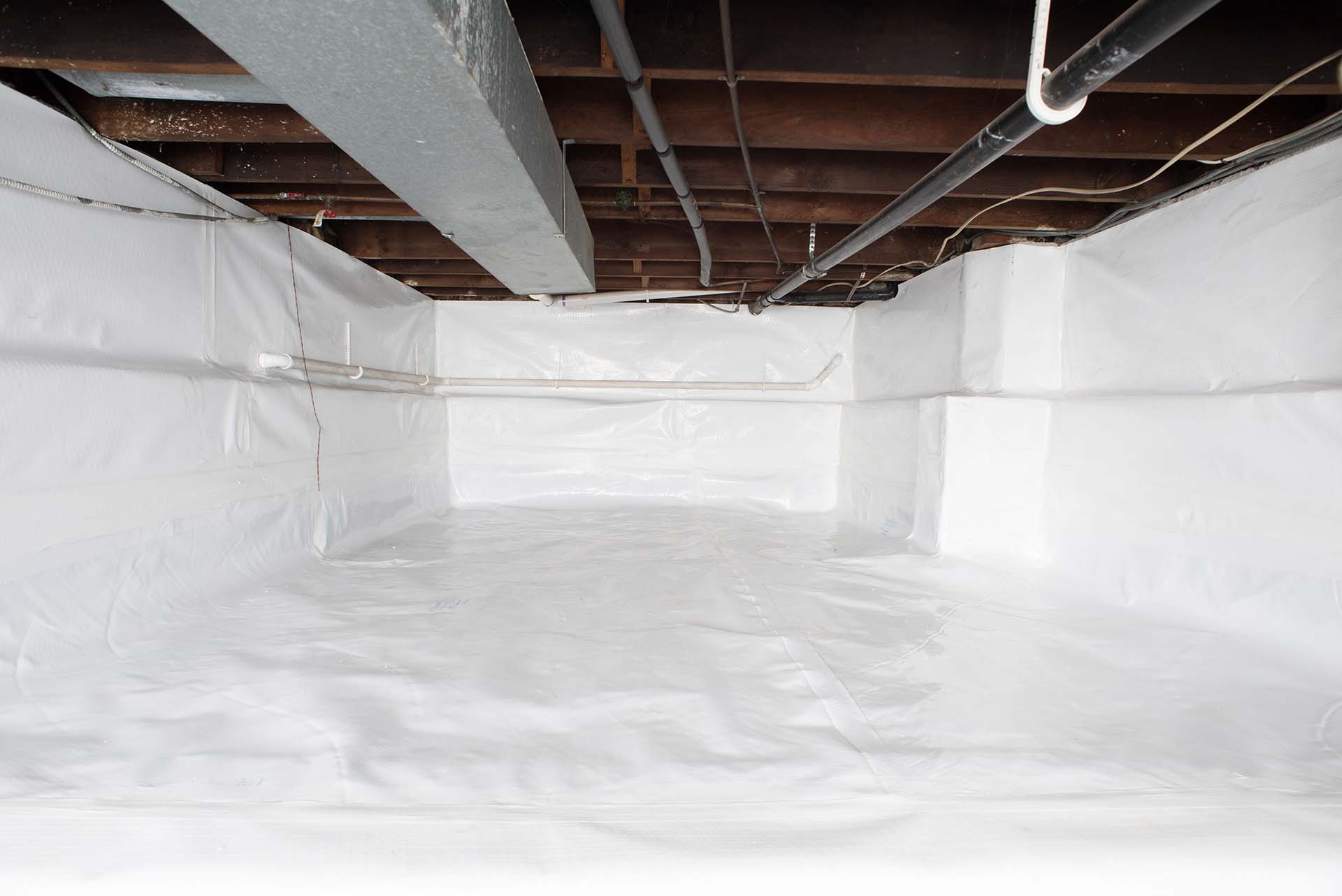
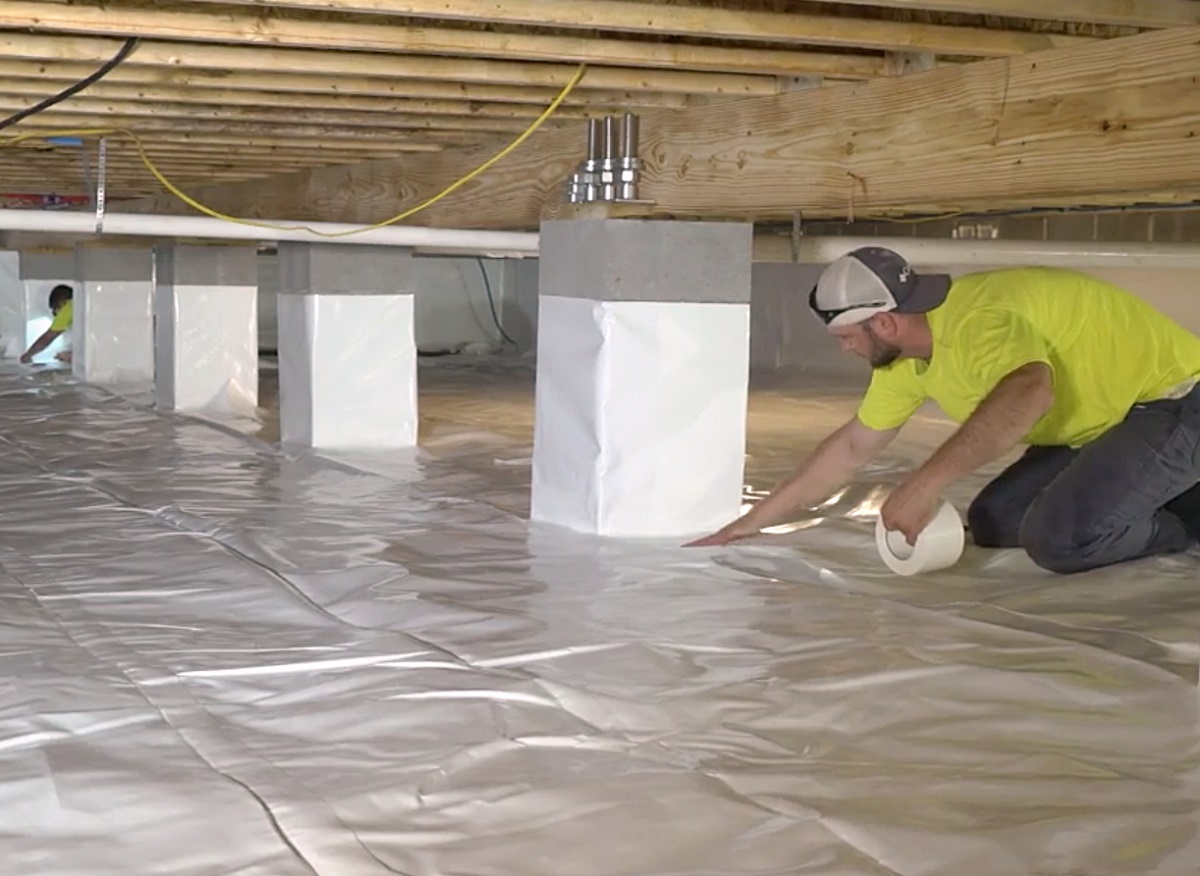
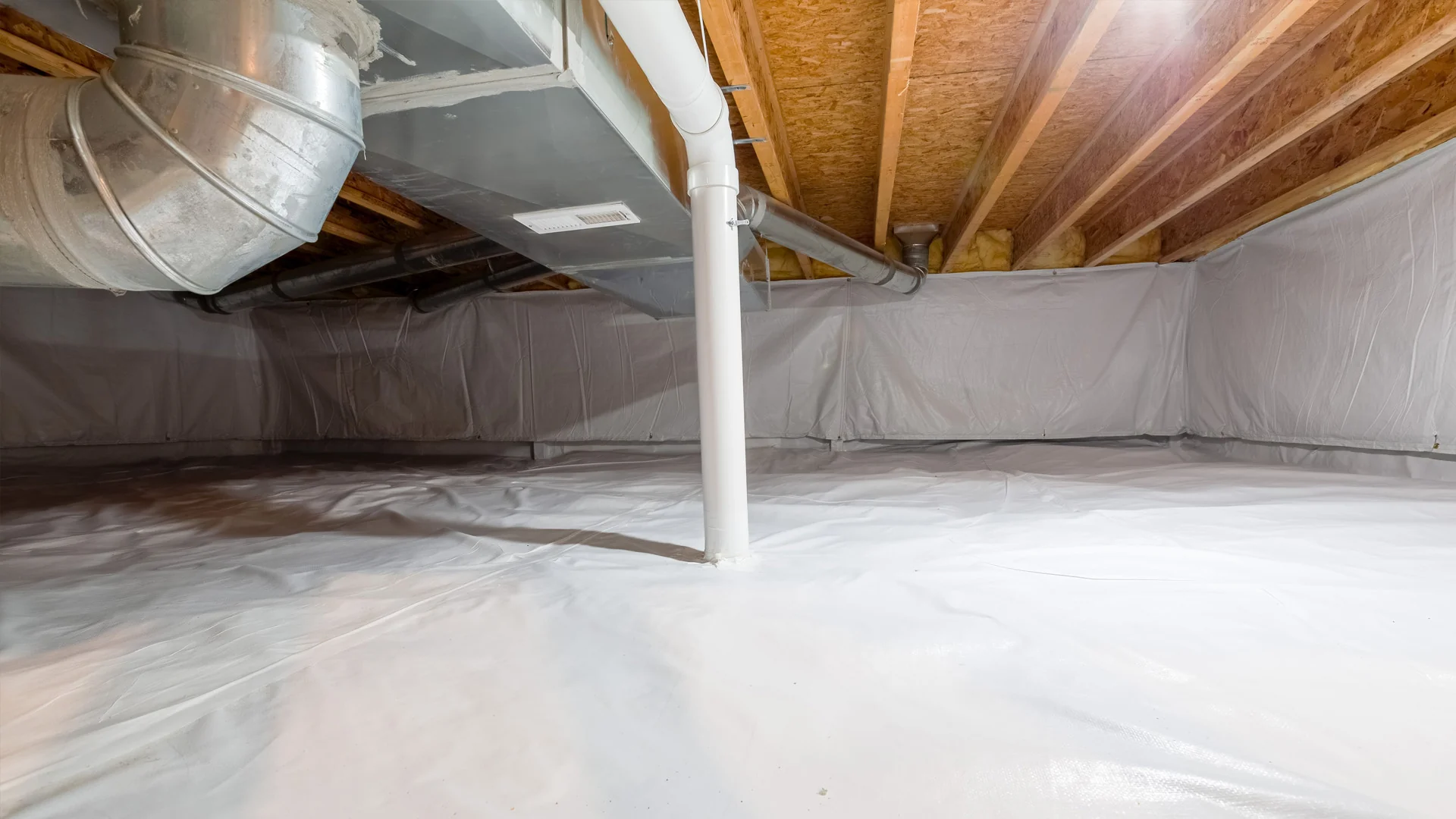
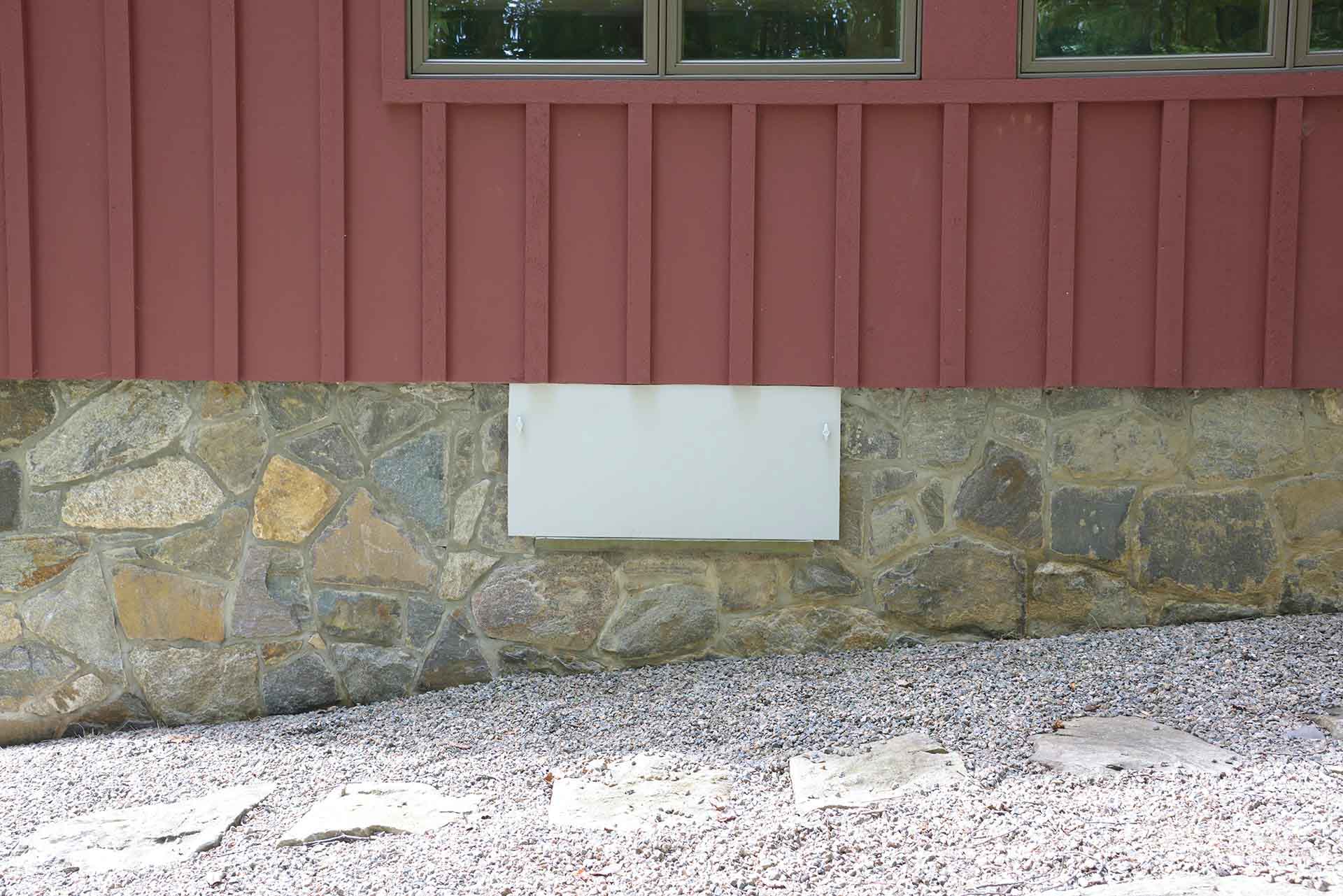
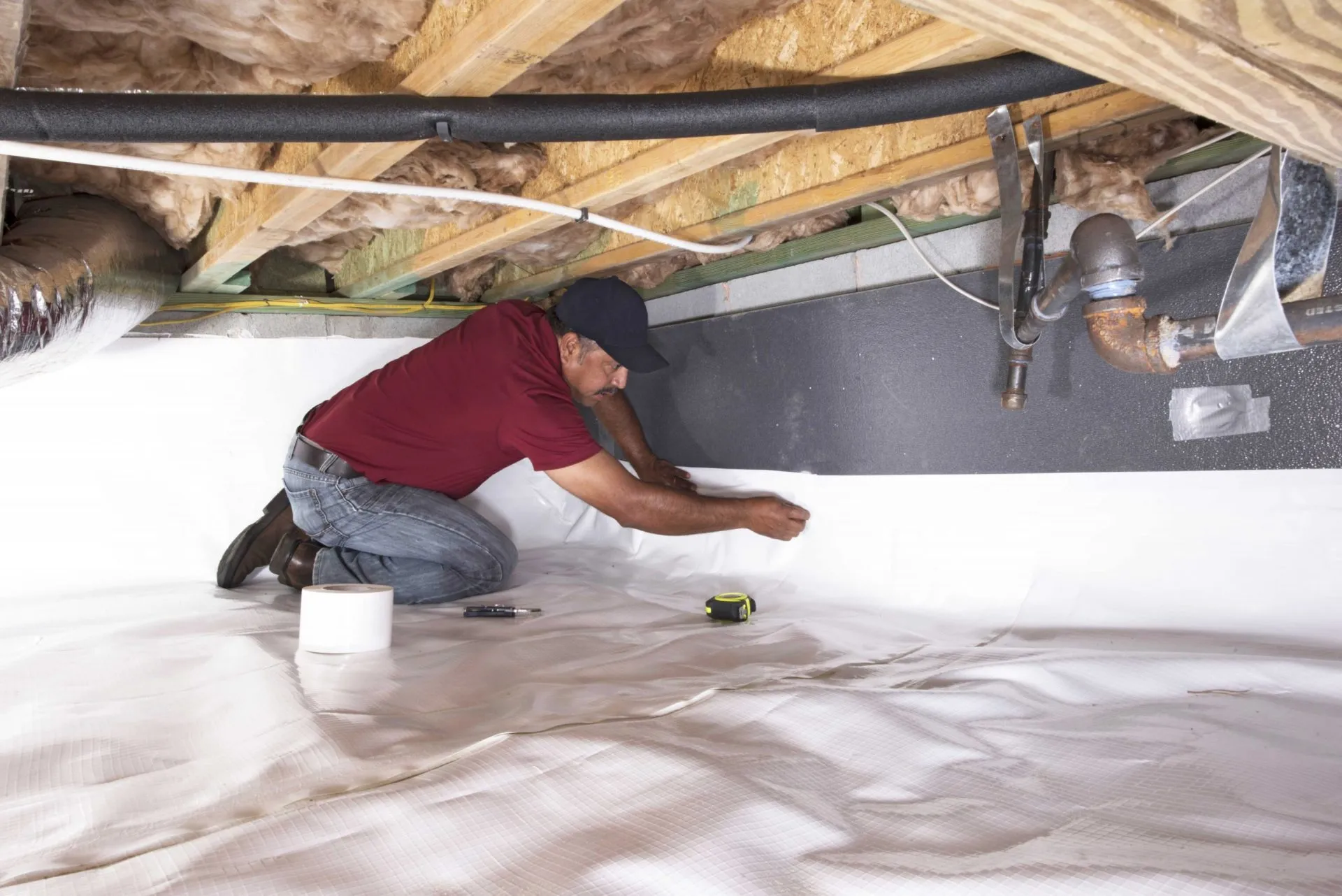
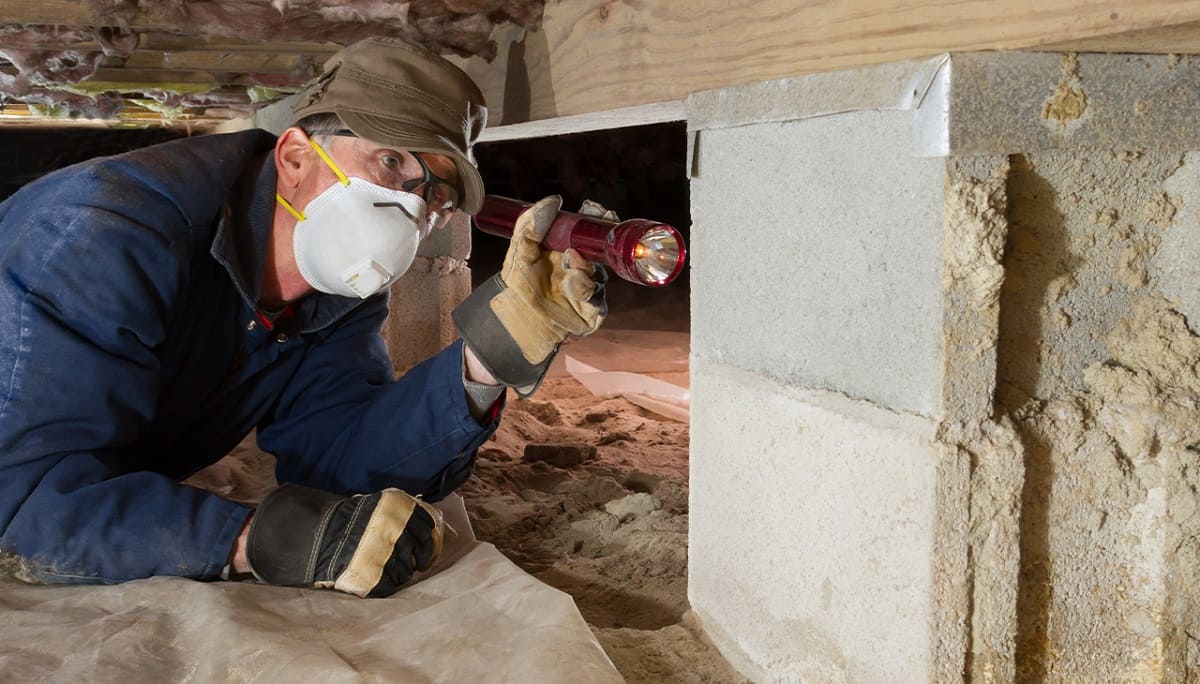

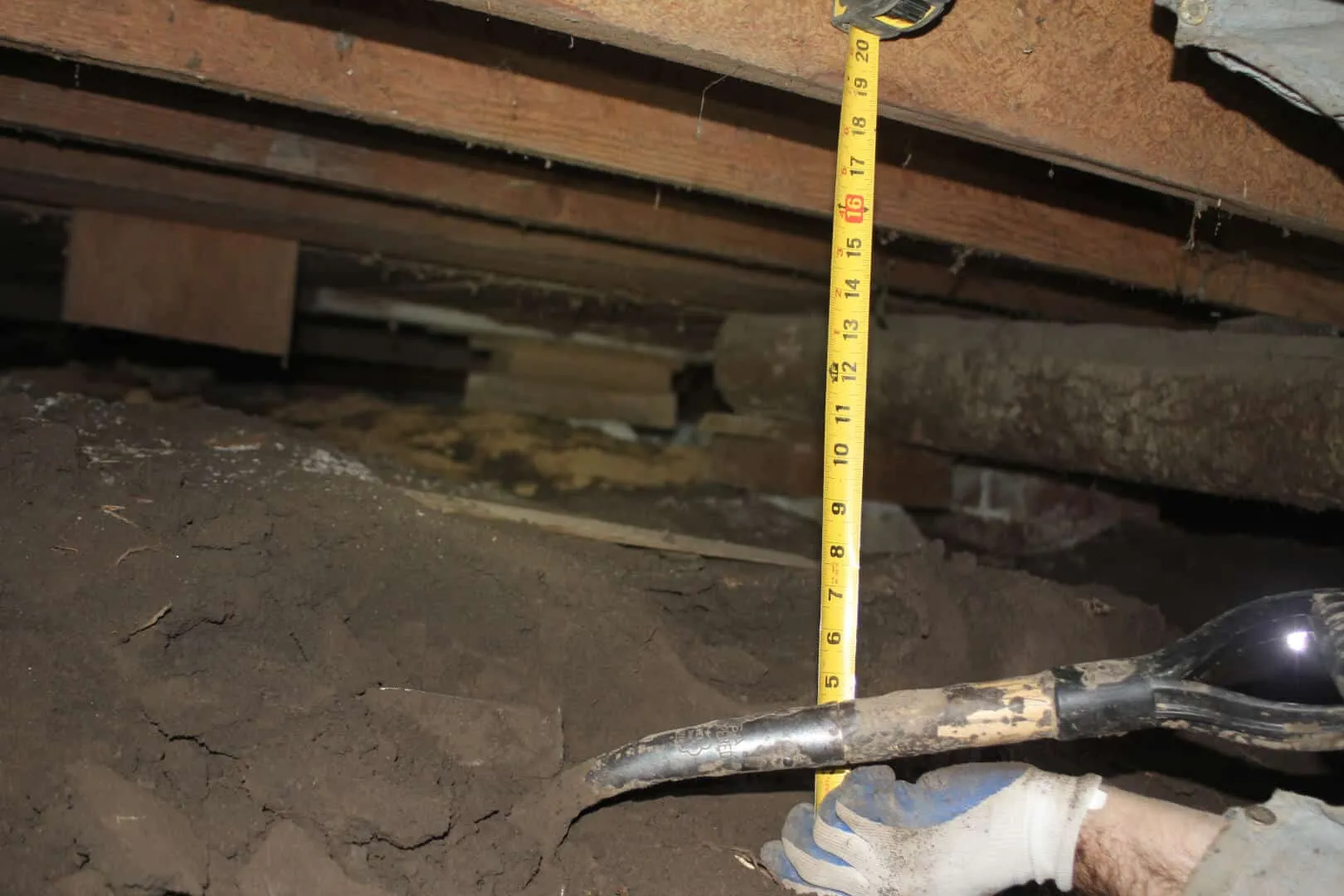
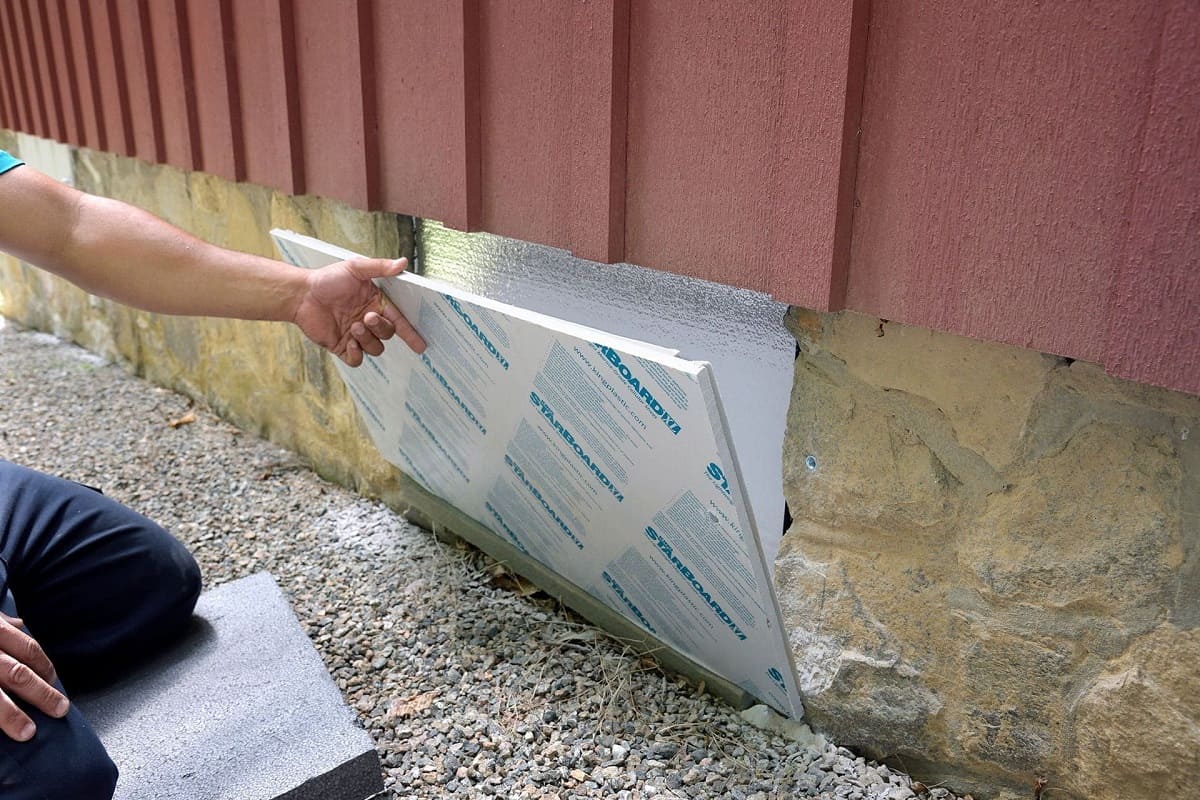
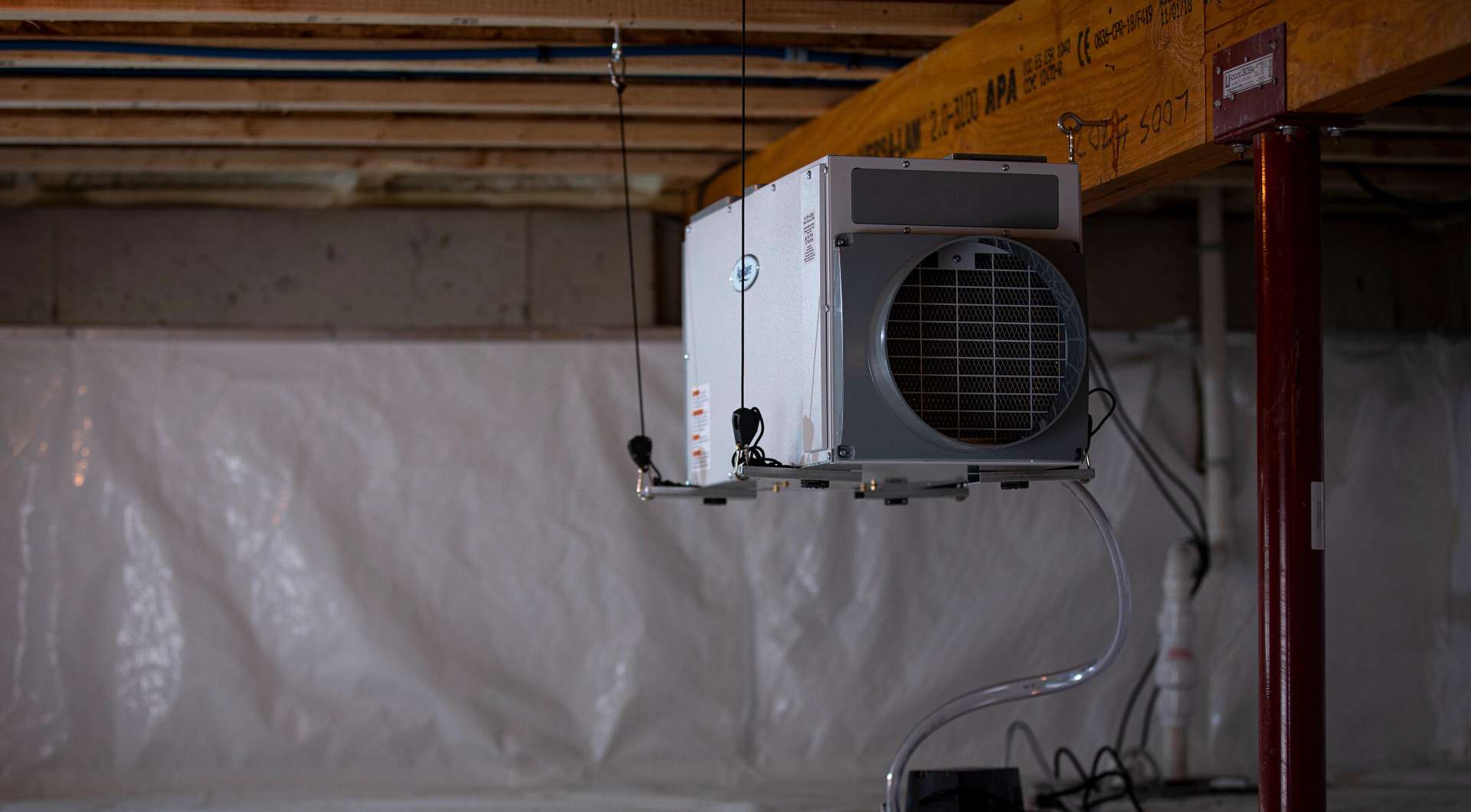
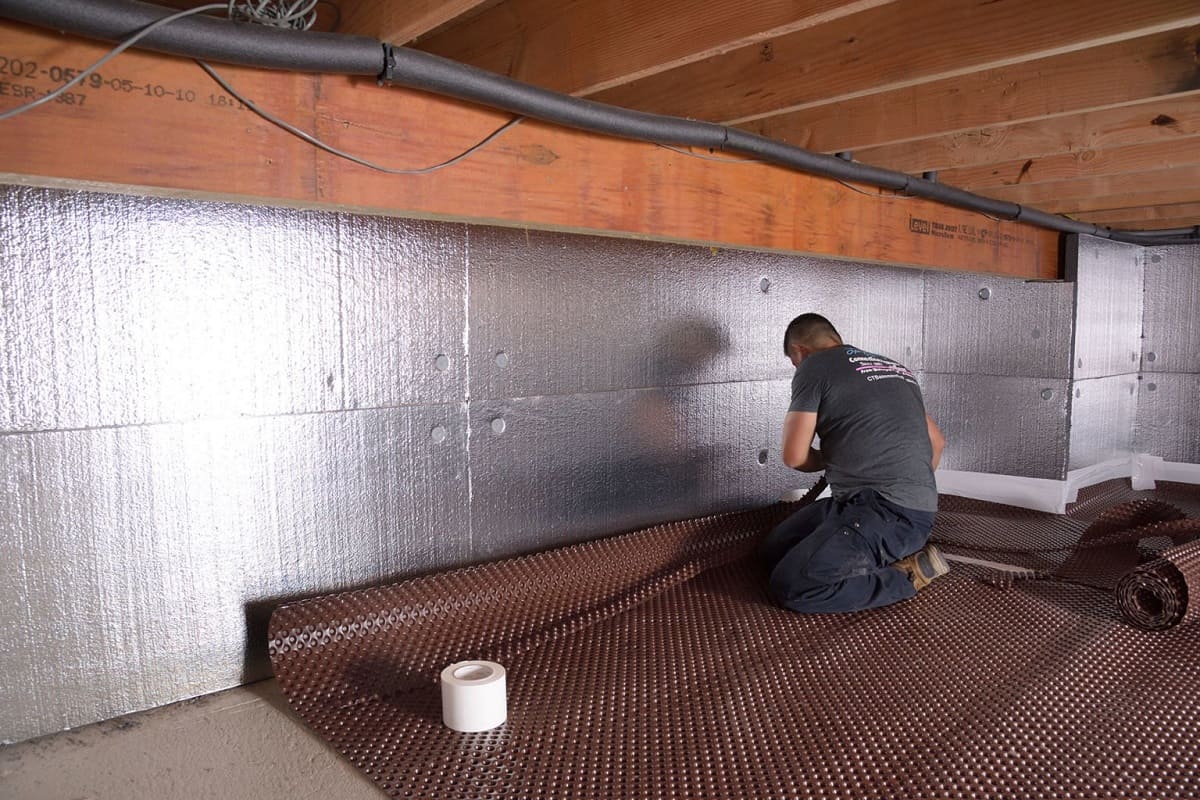

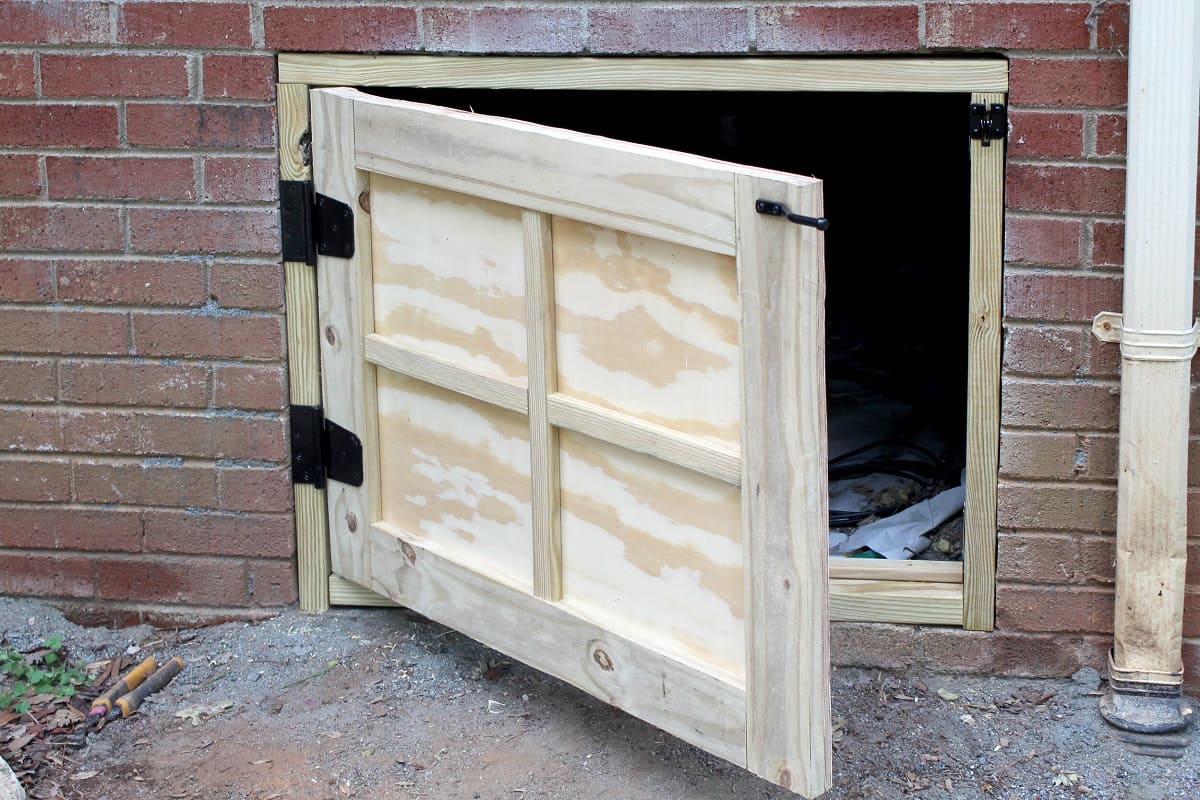

0 thoughts on “What Is A Crawl Space Basement?”